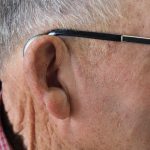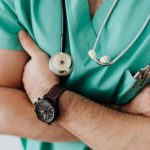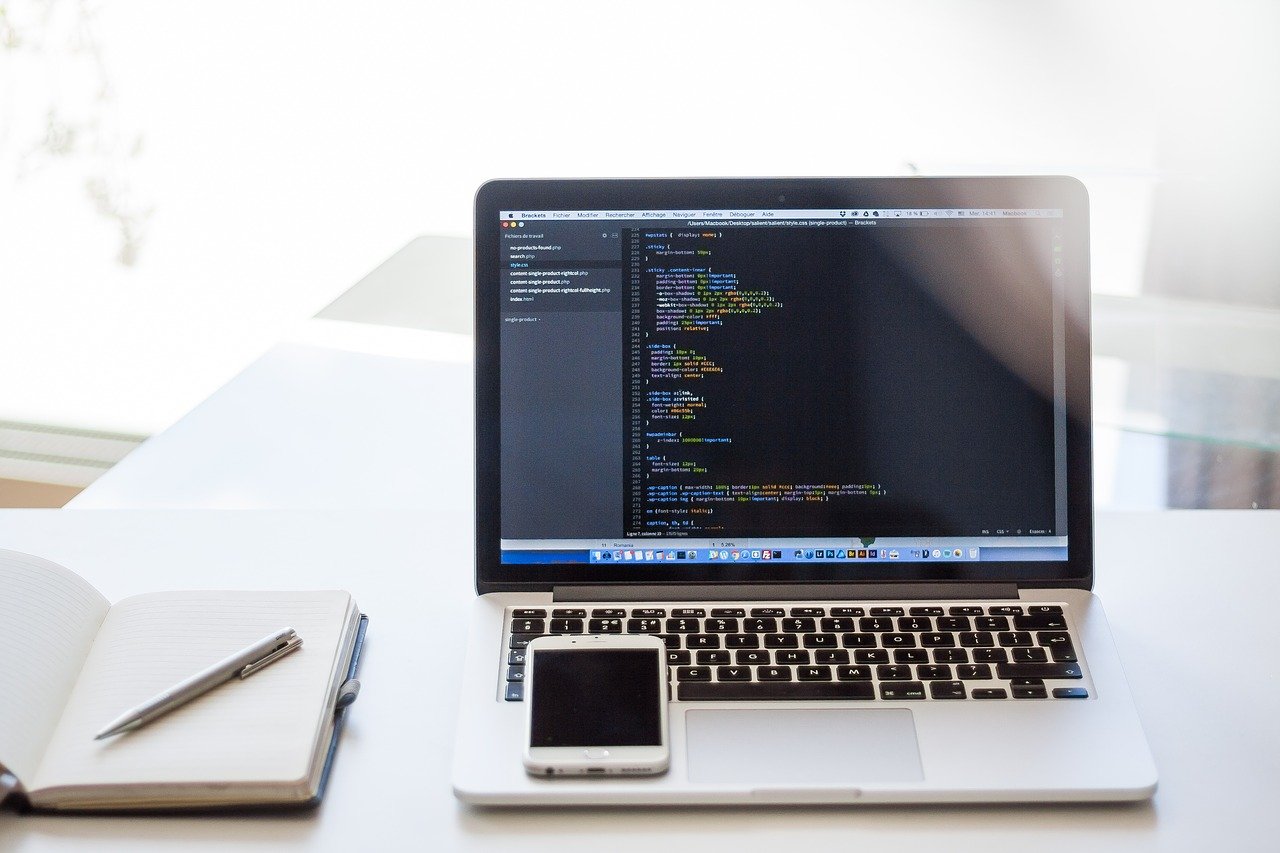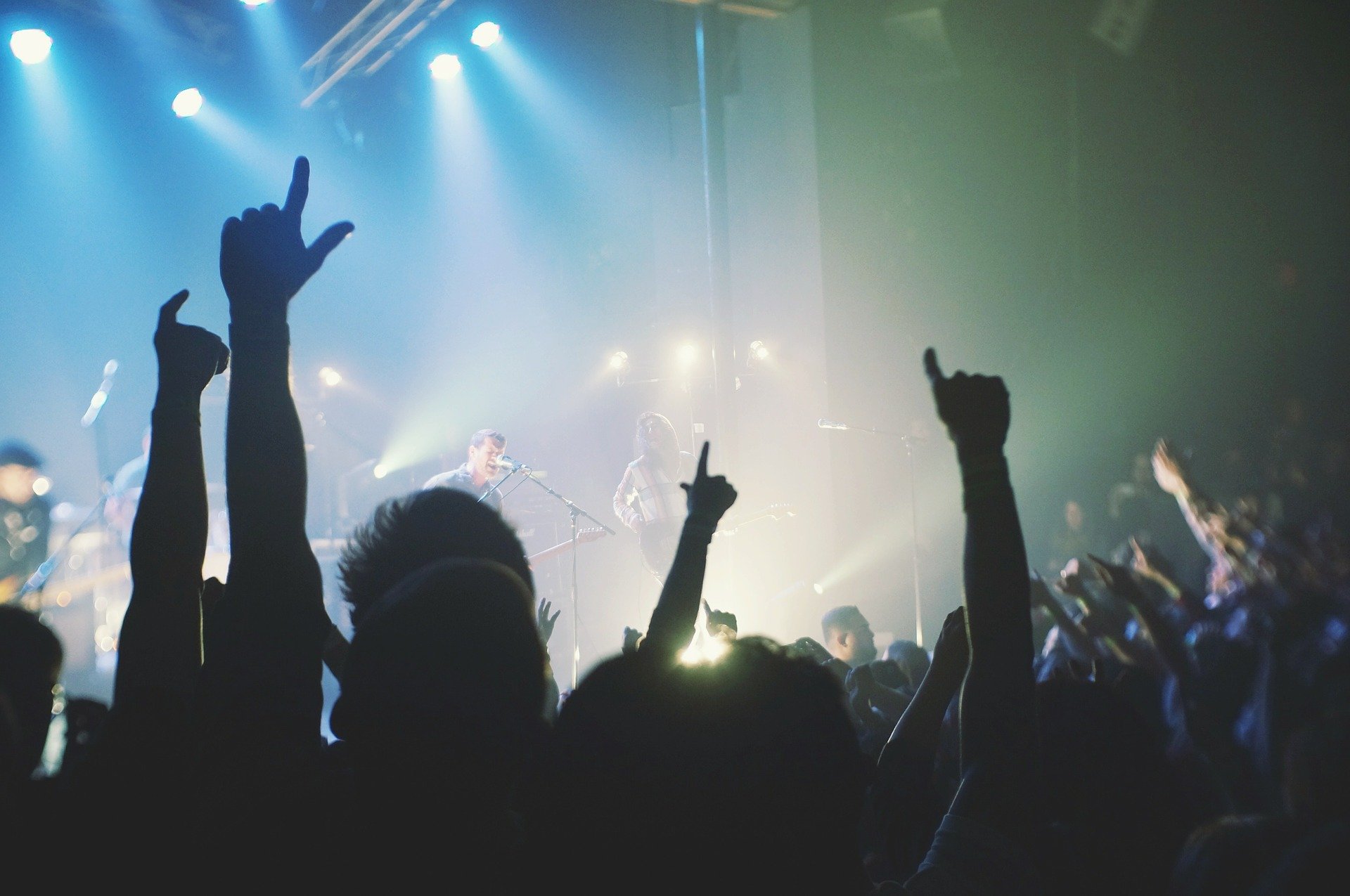
Hearing loss comes in many different forms and severities, and can vary widely depending on the individual. One of the most common forms of hearing loss is noise induced hearing loss (NIHL).
Contents [hide]
What is Noise Induced Hearing Loss (NIHL)?
We are exposed to noise every day; it’s just a part of life! Whether it’s a dog barking or the beep of a man-made traffic crossing, the sounds in our environment are often unavoidable. This noise is usually at such a safe level that there is no risk that it could damage our hearing.
Noise-induced hearing loss (NIHL) is a preventable form of hearing loss caused by either a sudden loud noise or prolonged exposure to loud noise. As a result, it can occur suddenly or develop over a longer period of time.
Even if your exposure to the loud noise is very brief, it can still cause irreversible hearing damage in one or both ears, and occur either immediately or after a while.
This is an important point because it means that you could be damaging your hearing every day without knowing the severity of the damage inflicted until much later in life.
Fortunately, this also means that noise-induced hearing loss is preventable (actually, it’s the only completely preventable form of hearing loss). By understanding the dangers of loud noise and implementing some precautions, you can easily reduce your risk of developing this frustrating condition.
How Does Noise Damage Our Hearing?
The human ear contains tiny hair cells. These hair cells (sensory cells sitting on top of the basilar membrane) play an important role in our hearing. When the hair cells move up and down, stereocilia (tiny hair-like projections) on top of the hair cells bump against an overlying structure and bend. This causes pore-like channels at the tips of the stereocilia to open up. Chemicals can rush into the cell and an electrical signal is created to be carried by the auditory nerve to the brain. There, it will be interpreted as what we understand to be a particular sound.
Loud noise can damage and eventually cause the death of these important hair cells, disrupting the hearing process. Crucially, these hair cells don’t grow back, so the damage has a permanent effect on your hearing.
Signs of Noise-Induced Hearing Loss
If your hearing is being slowly damaged by loud noise exposure, you might develop hearing loss quite gradually in a way that’s difficult to notice until the signs become much more pronounced.
The damage from NIHL, when combined with aging, can lead to severe hearing loss, so you might only notice how bad your hearing has become until later on in life when the effects are more pronounced.
If sounds have become distorted or muffled, and you’re finding it rather difficult to understand people when they talk, you could be experiencing the key indicators of hearing loss.
Likewise, if you experience ringing, buzzing, or roaring in the ears or head this could be tinnitus from loud noise exposure.
If you have experienced a loud burst of sound (perhaps a gunshot or explosion), your eardrum can be ruptured and the bones in the middle ear damaged. NIHL can be immediate and permanent, so you might realize that you are suffering from NIHL straight away. This hearing loss might be temporary and disappear 16 to 48 hours later, but there could still be residual long-term damage.
Understanding Noise Levels
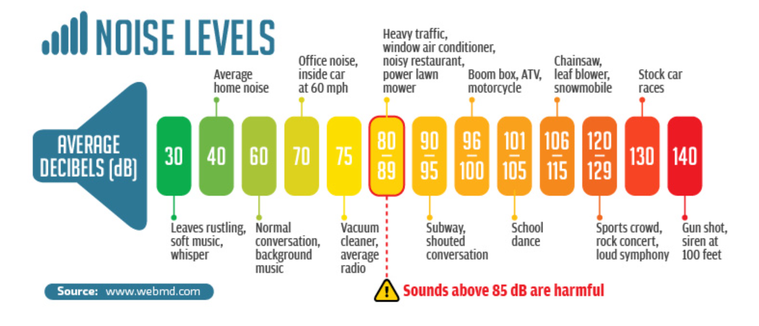
With an understanding of dangerous noise levels, you can work towards protecting your hearing for life.
First things first, you need to know that noises above 85 dBA can cause damage to your hair cells. Sounds below 70 dBA are generally regarded as safe. However, your risk of NIHL is determined by a combination of how loud the sound is, how close you are to the source of the sound, and how long you are exposed to the sound.
The highest volume that music can be played through headphones is often around 94 -110 dBA as manufacturers are not required to limit the maximum sound output of music devices to a safe level. Because you are very close to the source of the sound when using headphones and can be listening for hours on end, this is a good example of an instance where it’s important to know what is a safe sound level.
Noise in Work Environments
Some workplaces are noisier than others, but they should never pose a significant risk to your hearing health. Sadly, amongst workers in areas such as construction and the live music industry, NIHL is not uncommon.
Research the risks in your industry, and if your employer is not already providing the relevant protective equipment and training, you have the right to ask them to do so.
How to Prevent Noise-Induced Hearing Loss
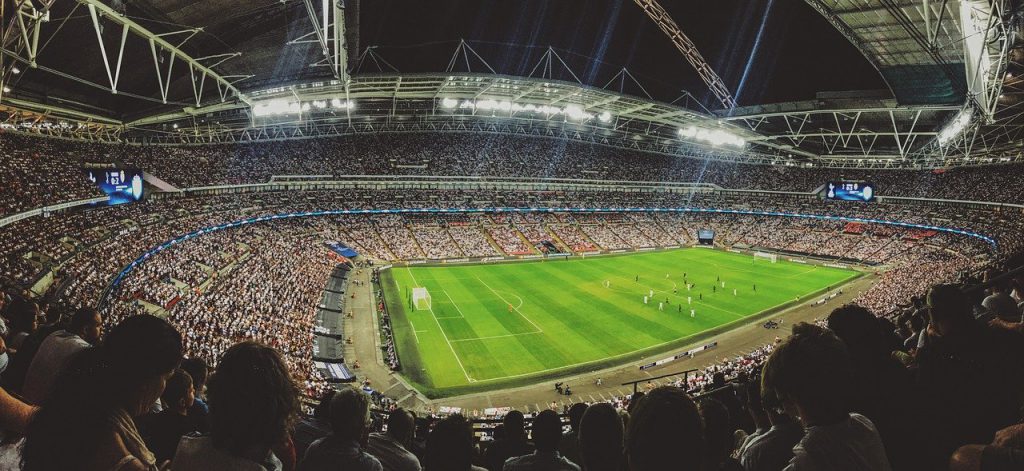
Once you’re aware of the typical areas, venues, events, and workplaces where you’re likely to be exposed to loud noises, you can implement certain environment-specific precautions.
At sporting events, the louder the crowd the higher the team spirit. However, this can damage the hearing of adult and child spectators that did not come prepared for such a loud environment. Always assume a sporting event will be very noisy and try to bring protective headphones or earmuffs for you and your family.
Similarly, music festivals and concerts are exciting, high energy, loud occasions. If you’re at an indoor venue, try book seated tickets towards the back of the hall. In general, avoid standing next to a speaker.
If you’ve got kids with you, it is especially important to bring protective equipment such as ear plugs, earmuffs or noise-canceling headphones for them to wear. You can purchase activity-specific earmuffs and earplugs online, at hardware stores, or in some sports stores.
This isn’t an exhaustive list of potentially damaging environments, but it should give you an idea of loud places to look out for. A great general principle is if you can’t reduce the noise and don’t have protective noise-canceling gear with you, move away from it!
Hearing Loss Treatment
If you suspect that you have hearing loss, make an appointment with your physician or book to see an audiologist. They’ll be able to give you a medical examination and conduct a hearing test.
Unfortunately, if you do have noise-induced hearing loss, this can’t be cured. Nevertheless, a consultant will be able to discuss treatment options with you, such as whether you might benefit from a hearing aid.
If you’re struggling with your hearing, don’t wait to book an appointment with a trained medical professional. As untreated hearing loss can lead to deafness and further health issues in the long-run, swift treatment is crucial.
The information in this guide has been written using the following reliable sources:
https://www.nidcd.nih.gov, https://actiononhearingloss.org.uk, https://www.hse.gov.uk, https://www.noisyplanet.nidcd.nih.gov/


